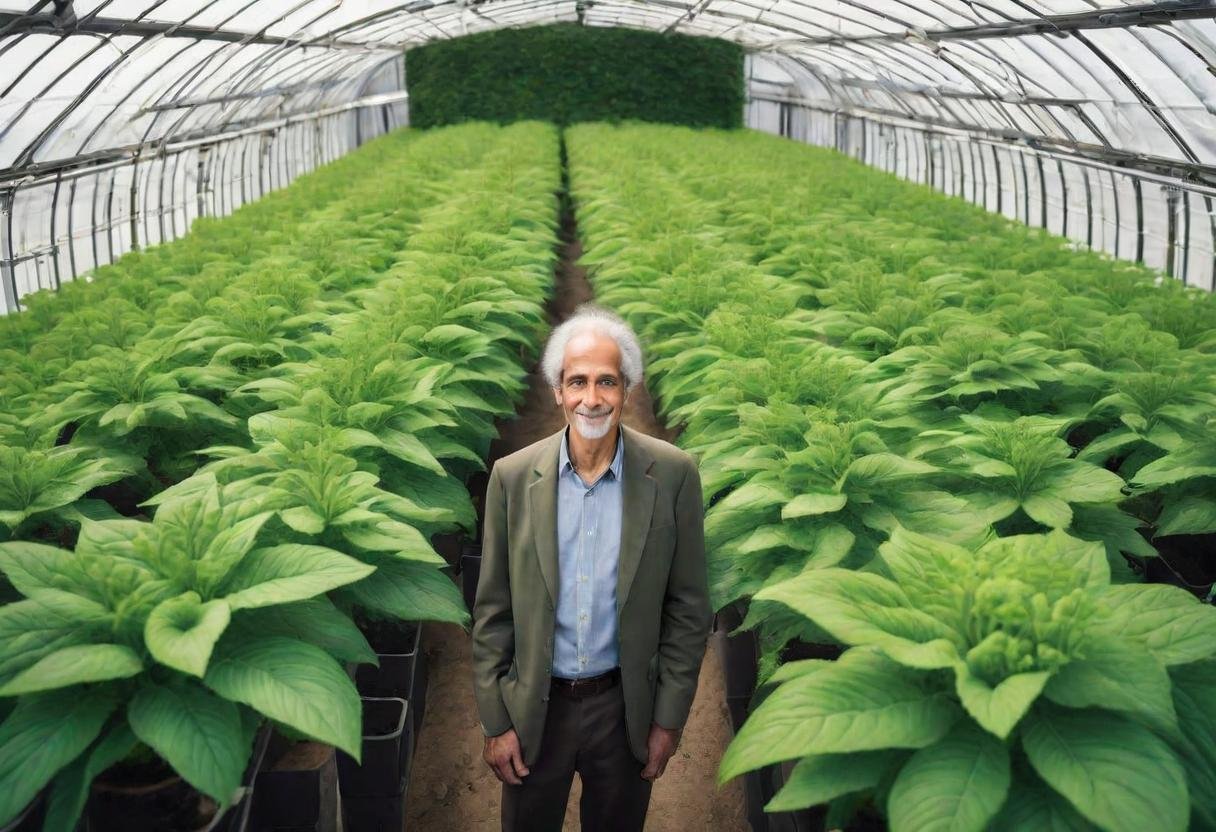Plants, the silent architects of our ecosystem, possess a remarkable ability to grow and thrive in diverse environments. Understanding the intricate process of how plants grow is not only fascinating but also crucial for gardeners, farmers, and anyone with a green thumb. In this comprehensive guide, we’ll delve into the wonders of plant growth, exploring everything from seed germination to the role of environmental factors and nutrients. Join us on this journey as we unlock the secrets of plant growth.
The Basics of Plant Growth

At the heart of every lush garden and thriving forest lies the miracle of seed germination. When a seed encounters the right conditions of water, temperature, and light, it undergoes the transformative process of germination, signalling the beginning of new life. As the seedling emerges from its protective coat, roots extend downwards, anchoring the plant in the soil and absorbing essential nutrients. Simultaneously, the shoot reaches the sky, unfurling leaves that will serve as the plant’s solar panels, capturing sunlight for energy.
The Process of Photosynthesis

Photosynthesis, often hailed as the engine of life, is how plants convert light energy into chemical energy, fueling their growth and sustenance. At the core of this intricate biochemical dance lies chlorophyll, the pigment responsible for capturing sunlight. As sunlight bathes the plant’s leaves, chlorophyll molecules absorb its energy, triggering chemical reactions that culminate in glucose and oxygen production. This remarkable feat nourishes the plant and replenishes the atmosphere with vital oxygen, sustaining life on Earth.
Environmental Factors Affecting Plant Growth

While the magic of photosynthesis powers plant growth, environmental factors play a pivotal role in shaping their development. Light, water, and temperature are the primary influencers, dictating the plant’s ability to thrive. Adequate sunlight is essential for photosynthesis, with different plant species exhibiting varying light requirements. Similarly, water is a plant lifeline, facilitating nutrient transport and maintaining turgor pressure within cells. Temperature, too, must be within a suitable range for optimal growth, with extremes posing challenges to plant survival.
Nutrient Requirements
In addition to environmental factors, plants rely on a cocktail of essential nutrients for their growth and vitality. Macronutrients such as nitrogen, phosphorus, and potassium are required in relatively large quantities, playing crucial roles in processes like photosynthesis and cell division. Although needed in smaller amounts, micronutrients are equally vital, acting as catalysts for various biochemical reactions within the plant. Soil pH also influences nutrient availability, with acidic or alkaline soils affecting the plant’s ability to absorb essential elements.
Conclusion:
The journey of plant growth is a marvel of nature, shaped by a delicate interplay of biological, environmental, and chemical factors. By understanding the intricacies of seed germination, photosynthesis, and nutrient uptake, we gain valuable insights into the inner workings of the green kingdom. Whether you’re a seasoned gardener or a curious observer, the wonders of plant growth never cease to inspire awe and wonder. As we cultivate our understanding of these processes, we deepen our connection to nature and empower ourselves to nurture and sustain the green spaces that enrich our lives.
Post Views: 380




